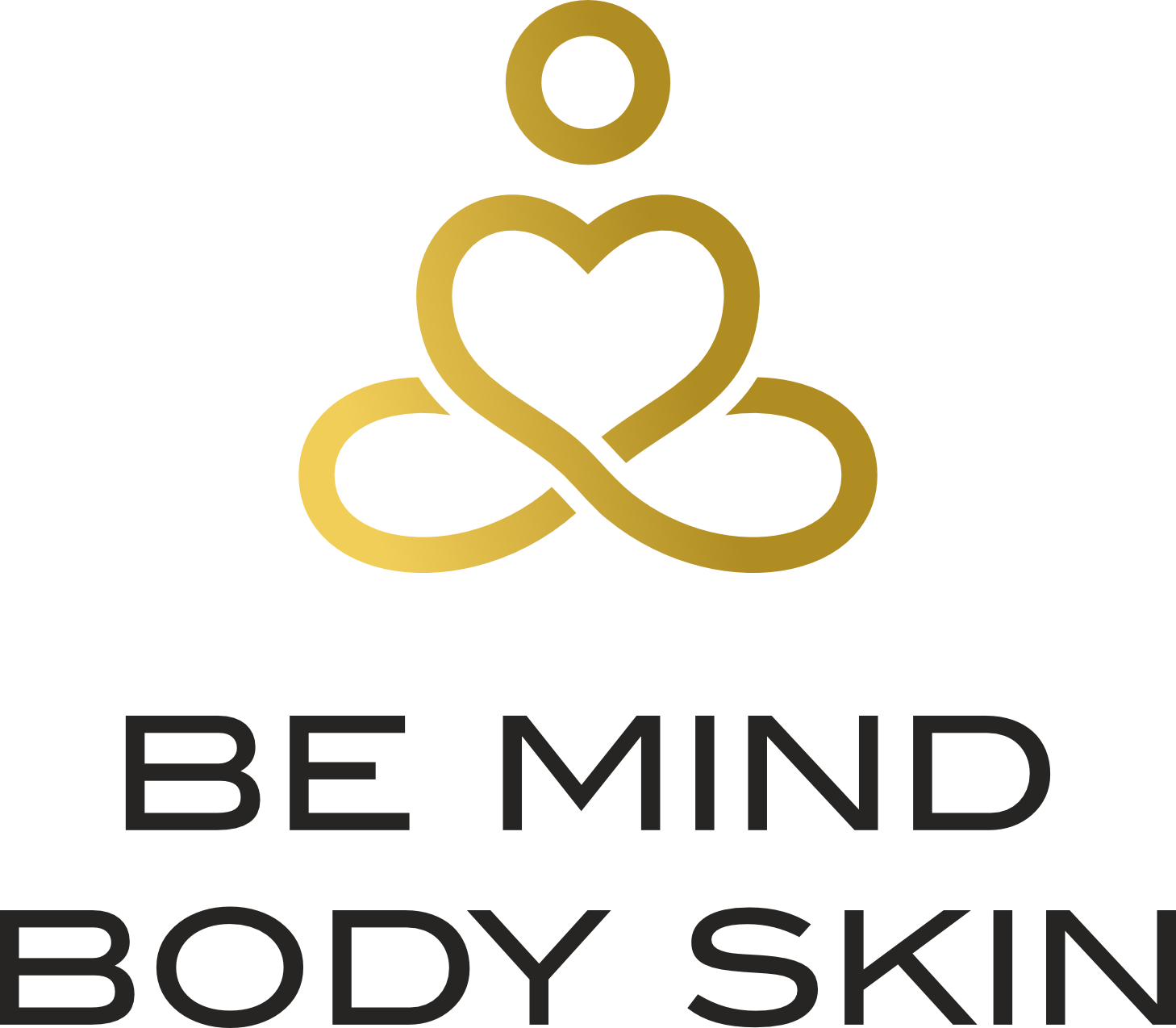FAQ About Ayurveda
When it comes to Ayurveda, a lot of questions are asked about the theory behind and the treatment methodologies. Here we are addressing the most common questions about Ayurveda.
What are different paradigms in Ayurveda?
Five Element Theory The fundamental principle of Ayurveda is mahabhutas or cosmic elements. They are the underlying intelligences that give rise to the five elements commonly known as space, air, fire, water and earth. These elements are the basic building blocks of nature which are responsible for all physical existence.
Three Doshas This is the most powerful tool in Ayurveda. This theory explains how the five elements which make up physical creation dynamically combine to control processes within human physiology. “vata” the principle governing all the motion or movement. “pitta” which controls all transforming processes and “kapha” which is responsible for cohesion, growth and liquefaction. Without any of these processes, there would be no human life.
Prakruti: Constitutional Type This is the most useful tool in Ayurveda to maintain an ideal state of health. It recognizes that each human being is born with a unique combination of the three doshas and this natural balance is responsible for the physical, mental and emotional differences among people. Ayurveda can help each person to create his or her own state of ideal health.
Effects of the Seasons Ayurveda considers seasonal changes and climatic conditions to have a particularly important effect on health. Each change of season brings shifts in wind conditions, temperature and humidity or rainfall. When we possess the knowledge of our prakruti or unique body type, these potential imbalances can be easily avoided by making the appropriate changes in our diet and lifestyle.
PANCHAKARMA- DETOX in AYURVEDA:
Panchakarma is the most effective healing modality in Ayurveda, which promotes deep Detoxification and Rejuvenation. It strengthens the immune system and restores balance and well-being of the person.
It is done for healthy people in order to maintain the healthy status and for people with health conditions in order to uproot the disease.
Modern life stress, environmental pollutants and poor lifestyle choices create a toxic load on our bodies that— if left in the tissues (dhatus), doshas, and bloodstream over the period of time — create health issues.
The goal of Panchakarma is to remove deep rooted stress and illness causing toxins from the body, while balancing all three doshas (Vata, Pitta, and Kapha) – energies that govern our bodies and all biological functions.
Panchakarma reverses this degenerative process and its effects are often long-lasting and profound.


